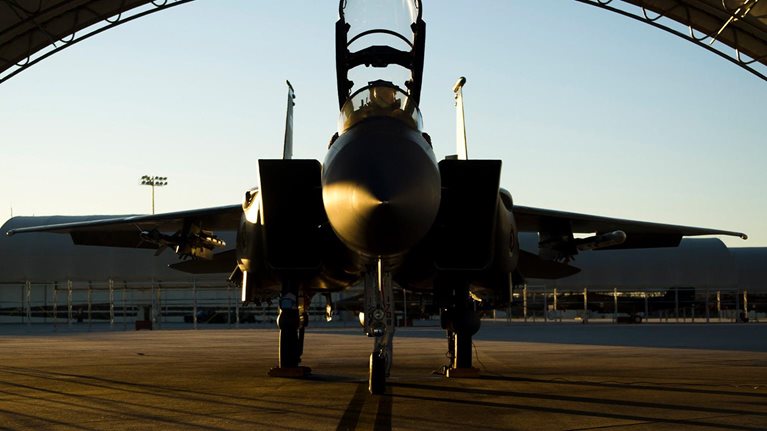European NATO countries’ defense spending has long fallen short of the organization’s target of 2 percent of GDP, set in 2014.1 In the decade since, it has averaged only 1.6 percent. However, geopolitical tensions have caused European NATO countries to reevaluate their defense capabilities. European defense spending is on the rise, standing at an average of 2.2 percent of GDP in 2024.2
Estonia and Latvia have announced commitments to spend 5.0 percent of GDP, and Poland plans to reach 4.7 percent in 2025.3 Other countries are publicly discussing increasing their defense spending to 3 percent or even as much as 5 percent.4
What is the potential impact of these proposed increases? Our analysis focuses on the top spenders among European NATO countries: ones that each spent $10 billion or more on defense in 2024, according to NATO estimates (exhibit).5

NATO has a standard definition of defense spending, agreed by all NATO allies and regularly reviewed, most recently in early 2024: “Payments made by a national government specifically to meet the needs of its armed forces.”6 Looking into the individual country breakdowns, this figure typically includes spending that, while important, does not contribute directly to conventional and hybrid deterrent and combat capabilities. This may include funding for nuclear deterrents (in France and the United Kingdom), pensions from historic conflicts and other spending on retired personnel, donated material (for example, to Ukraine), and spending on community engagement (such as museums).
To understand the relative impact of additional spend, we have defined “conventional in-country defense spend” as what is left after subtracting these areas of spend, which typically account for about a fifth of the total defense budget in European NATO countries.
While this naturally results in a lower share of “core” defense spend of GDP than the broader NATO definition, anticipated additional spending will likely be channeled into rebuilding stockpiles and to new and more modern equipment such as uncrewed and autonomous capabilities, although there may also be additional commitments to Ukraine.
This implies a proportionally higher impact per additional euro spent on these areas. For example, our calculations estimate that if total defense spending in a given country were to rise from 2.2 to 3.0 percent of GDP (an increase of 36.0 percent), this could translate into a 47.0 percent increase in spending on conventional or hybrid deterrence and combat-related defense. Taking into account innovation leading to more sophisticated and effective systems, increased spending could generate much more than a 47 percent increase in defense outputs and readiness.


